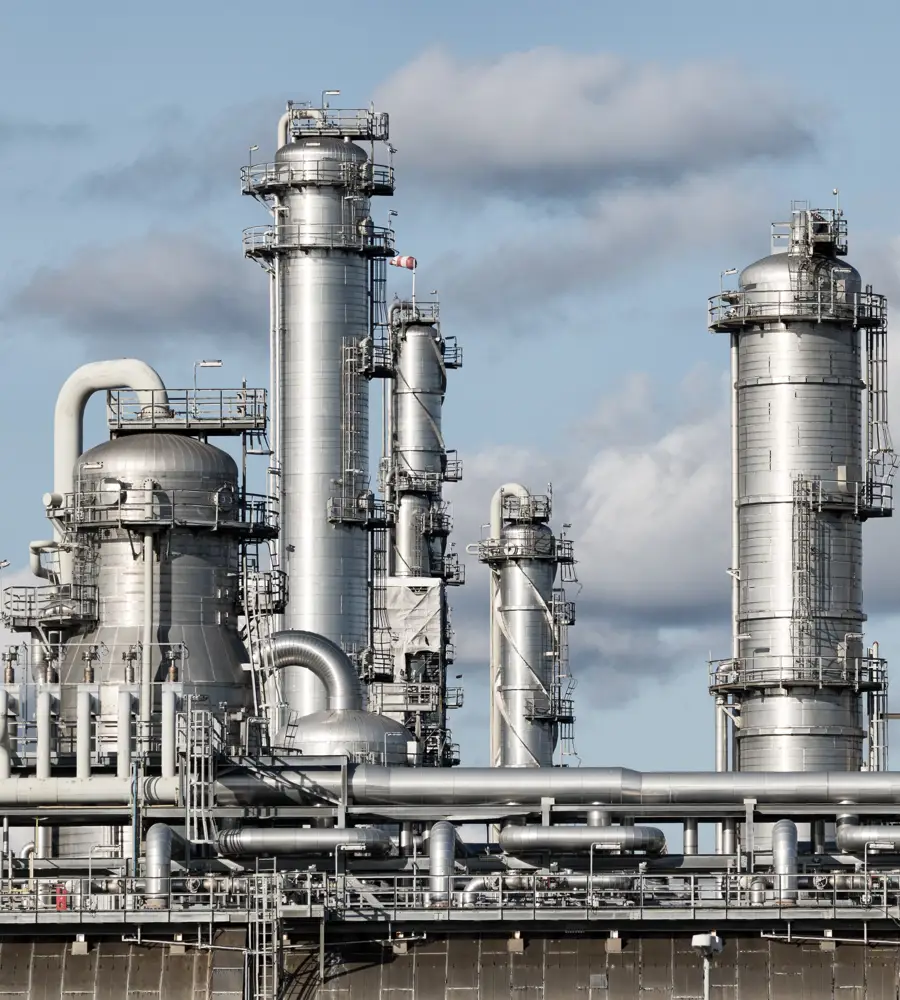Insights
Changing times for the oil and gas sector - Part 2


November 30, 2022
In the first of a three-part series for Jotun Insider, we take a look at recent developments and the role oil and gas plays in the changing energy world.
The second of our three-part series centres on what the International Energy Agency thinks and takes a look at some of the key findings in its recent report.
The third and final part of the series of articles puts the spotlight on what the energy sector is doing to address the power realities and demands.
Energy security in focus
A recent report published by the International Energy Agency (IEA) sees investment rising across all energy sectors, with the anticipated rise coming mainly in clean energy. Although encouraging, the growth investment is still far from enough to tackle the multiple dimensions of today’s energy crisis and pave the way towards a cleaner and more secure energy future argues IEA.
Energy has always been a lucrative sector for investors but in recent years societal pressure has seen renewables favoured over oil, gas and coal. It is probably fair to say that not all experts in the financial sector fully support this and the mainstream report by the highly respected International Energy Agency IEA also sees some dark clouds on the horizon for renewables.
The report – World Energy Investment 2022 – published in June sees investment rising across all energy sectors and predicts global energy investment is set to increase by 8% in 2022 to reach $2.4 trillion, with the anticipated rise coming mainly in clean energy. The fastest growth in energy investment is coming from the power sector – mainly in renewables and grids – and from energy efficiency, according to the report.
The rise in clean energy spending is not evenly spread, however, with most of it taking place in advanced economies and China. And in some markets, energy security concerns and high prices are prompting higher investment in fossil fuel supplies. According to the IEA income for oil and gas producers rebounded last year after a depressed five years and added $1Tn to almost double to $2.4Tn.
The IEA report is less upbeat on renewable spending going forward. Public funds to support sustainable recovery are scarce, policy frameworks are often weak, economic clouds are gathering, and borrowing costs are rising. All of this undercuts the economic attractiveness of capital-intensive clean technologies.
The report also highlights challenges as regards generating capacity and argues to reduce fluctuations from wind and solar energy some form of battery storage is essential. This and the wind turbines themselves require large quantities of minerals and rare earths. Russia and China provide most of these and sanctions will affect supply of them. Even when sourced elsewhere costs are rapidly rising.
Certainly, for most of the minerals and metals that are vital to energy transitions, the observed price increases since the start of 2021 have outpaced the largest annual increases seen in the 2010s by a wide margin. The surge in prices for critical minerals is taking a toll on the cost of clean energy technologies, reversing a decades-long trend in cost declines. In 2021 prices for wind turbines and solar PV modules rose by 9% and 16% respectively. Prices for lithium-ion batteries are likely to see a major uptick in 2022 as the impact of rising raw material prices are reflected in final prices.
“We are following developments closely in order to meet the changing market and customer needs,” says Miles Buckhurst, Global Commercial Training Director at Jotun. “We have witnessed the reversal of fortunes for the oil and gas sector and we also see wind energy as very much the future.
Related links:
World Energy Investment 2022 – Analysis - IEA